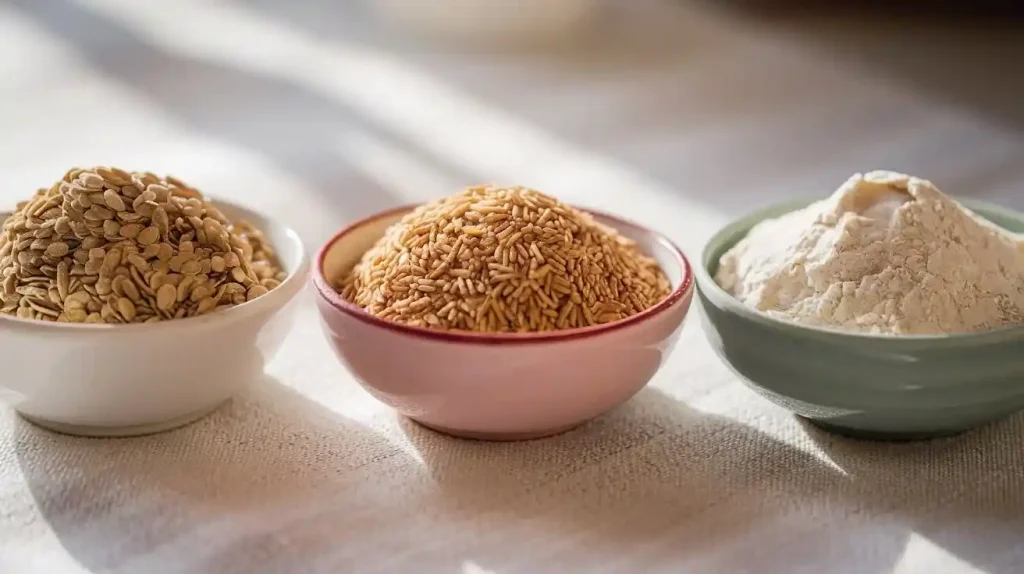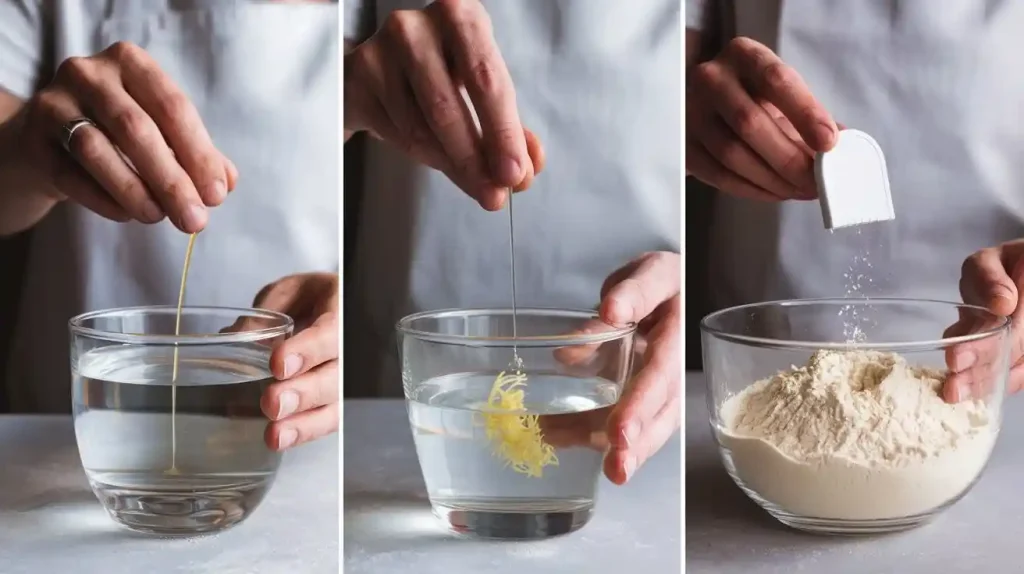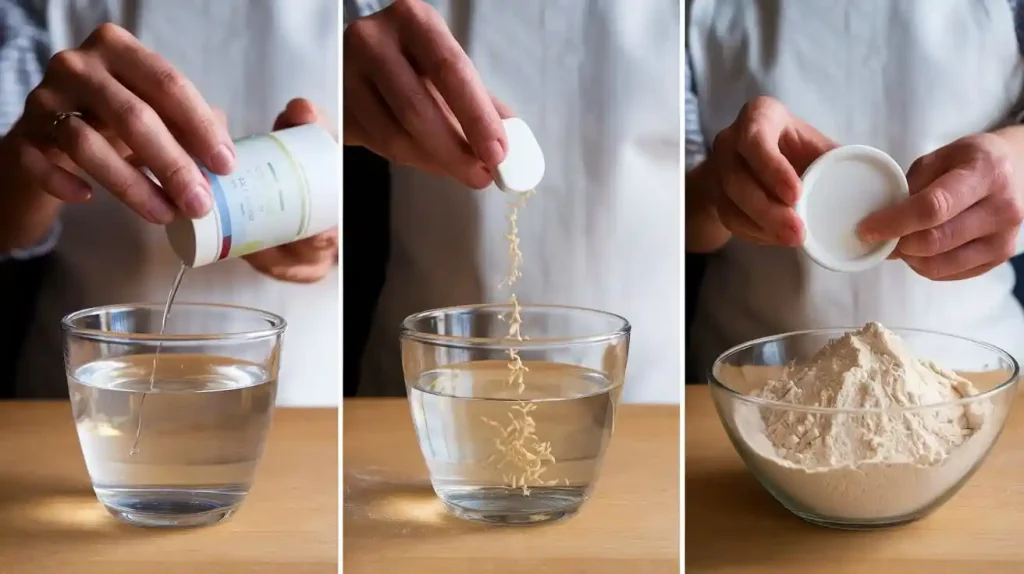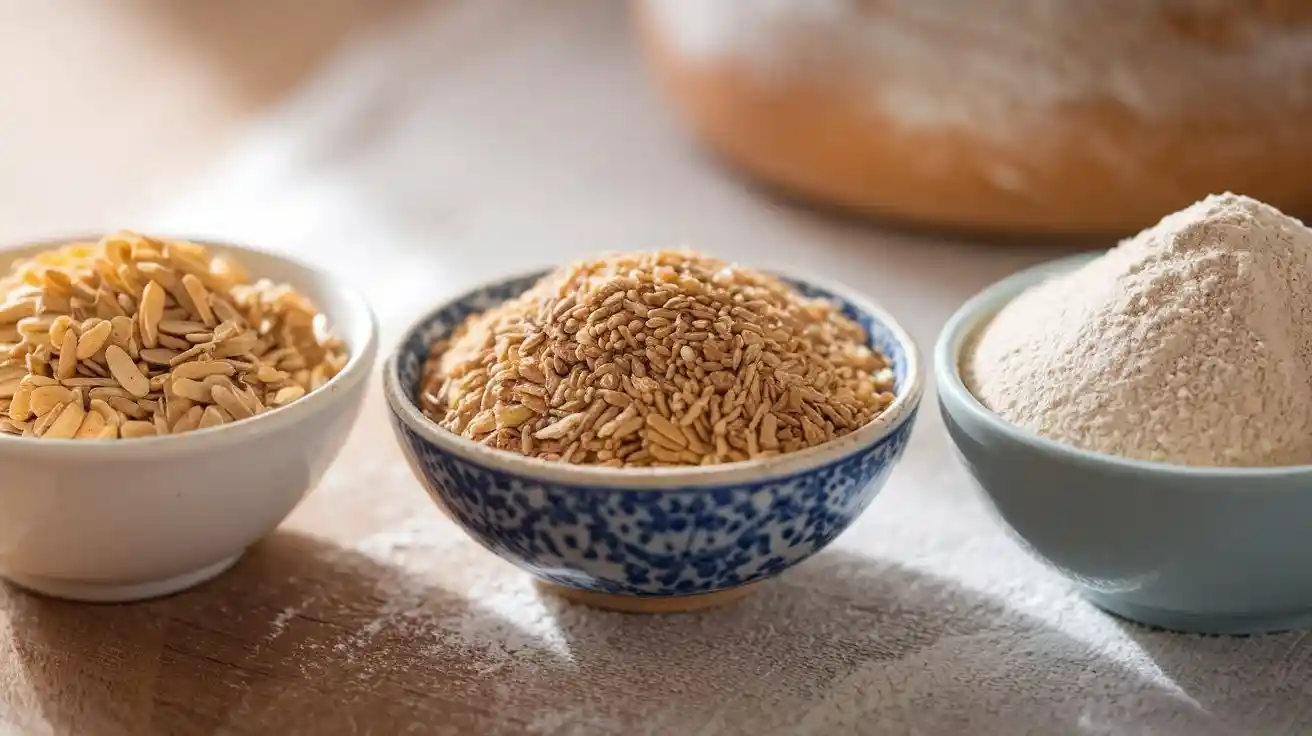Bread-making has long been celebrated as a cornerstone of baking, and yeast is the magical ingredient that transforms a simple mixture of flour and water into beautifully risen, airy loaves. Whether you’re baking a basic sandwich loaf or an artisan sourdough, the type of yeast you use can significantly affect the rise, texture, and flavor of your bread. In this guide, we’ll dive deep into the three main types of yeast used in baking—fresh, active dry, and instant—explore their distinct characteristics, and provide practical tips for substituting between them. Armed with this knowledge, you’ll be ready to tackle any bread recipe with confidence.

Table of Contents
- Introduction to Yeast
- What is Yeast?
- Types of Yeast
- How Yeast Affects Bread Rise
- Substituting Between Yeast Types
- How to Store Yeast
- Common Mistakes and Troubleshooting
- Conclusion
1. Introduction to Yeast
Yeast is the key to the rise, texture, and flavor of your bread. But with so many types of yeast available, choosing the right one can feel overwhelming. Should you go for fresh yeast, or will active dry or instant yeast get the job done better? In this guide, we’ll dive into yeast types explained, helping you understand their differences, how to substitute between them, and how each affects your final loaf. Once you have this knowledge, the art and science of bread-making will feel more approachable and rewarding.
2. What is Yeast?
Yeast is a single-celled microorganism that has been used for thousands of years to leaven bread, ferment beer, and create wine. When yeast feeds on the sugars present in flour, it releases carbon dioxide and alcohol, causing dough to rise and develop its characteristic airy structure. This fermentation process is critical for creating the texture and flavor that we associate with fresh-baked bread. There are several types of yeast available to home bakers, and understanding their differences is key to successful bread-making.
3. Types of Yeast
3.1 Fresh Yeast
Fresh yeast, also known as compressed yeast or cake yeast, is the oldest form of commercial yeast. It’s typically sold in small blocks and has a high moisture content, making it highly perishable. Fresh yeast must be stored in the refrigerator and used within a week or two of purchase. Its texture is soft and crumbly, and it needs to be dissolved in warm water before use.
Advantages of Fresh Yeast:
- Quick activation and reliable rise.
- Preferred by professional bakers for artisanal bread.
- Often results in a more delicate, nuanced flavor.
Challenges:
- Short shelf life.
- Less commonly available in grocery stores compared to dry yeasts.
Fresh yeast is ideal for recipes that require a slower fermentation process, giving the bread a complex, rich flavor. It’s often used in traditional European baking, like baguettes or croissants.
3.2 Active Dry Yeast
Active dry yeast is one of the most popular choices for home bakers. It comes in granules, which need to be activated in warm water before use. Unlike fresh yeast, active dry yeast has a longer shelf life and can be stored for months in a cool, dry place.
Advantages of Active Dry Yeast:
- Longer shelf life than fresh yeast.
- More readily available in most grocery stores.
- Suitable for a wide range of baking projects, from everyday sandwich bread to pizza dough.
Challenges:
- Requires proofing in warm water before use.
- Slower rise time compared to instant yeast.
Active dry yeast is widely used because of its versatility. It may take longer to activate than instant yeast, but it still produces reliable, consistent results. If you want to learn more about the science behind yeast fermentation and its effects on bread, check out this in-depth article.
3.3 Instant Yeast
Instant yeast is a highly versatile option for both novice and experienced bakers. It has finer granules than active dry yeast and can be mixed directly into the dry ingredients without needing to be dissolved in water first. Instant yeast is often sold under brand names like RapidRise or Bread Machine yeast.
Advantages of Instant Yeast:
- No proofing required—can be mixed directly with flour.
- Faster rise times.
- Longer shelf life than fresh yeast.
Challenges:
- Fast rise times can be too quick for complex, slow-fermented breads.
- Can produce a slightly more neutral flavor than fresh yeast.
Instant yeast’s convenience makes it a popular choice for everyday bread-making, especially when time is a factor. It works particularly well in quick recipes like pizza dough, rolls, or sandwich bread. If you want to perfect your baking technique using different yeast types, check out this guide on oven temperature and baking techniques.

4. How Yeast Affects Bread Rise
Understanding how yeast works is essential for achieving the best rise in your bread. Yeast ferments the sugars present in dough, producing carbon dioxide gas, which gets trapped in the gluten network, causing the dough to expand.
- Fresh Yeast: Offers a reliable, steady rise but requires longer fermentation periods.
- Active Dry Yeast: Gives a slower rise than instant yeast, making it perfect for bread that benefits from longer proofing times, such as sourdough or brioche.
- Instant Yeast: Provides a quicker rise and is ideal for bakers who are short on time.
The yeast you choose will affect the texture and crumb of your bread. Fresh yeast typically gives a more complex flavor, while instant yeast is great for a fast, no-fuss bake.
5. Substituting Between Yeast Types
When substituting between yeast types, it’s important to keep the following conversions in mind:
- Fresh Yeast to Active Dry Yeast: Use half the amount of active dry yeast.
- Active Dry Yeast to Instant Yeast: Use 25% less instant yeast.
For example, if a recipe calls for 1 ounce of fresh yeast, you can use ½ ounce of active dry yeast or ¾ teaspoon of instant yeast. Additionally, remember that active dry yeast requires proofing, whereas instant yeast can be added directly to the flour.
If you’re looking for a deeper dive into how these substitutions can affect the fermentation process, this external source provides excellent insights.

6. How to Store Yeast
Storing yeast correctly is essential for maintaining its leavening power. Here’s how to store each type:
- Fresh Yeast: Store in the refrigerator and use within 1-2 weeks.
- Active Dry Yeast: Store in a cool, dry place. Once opened, keep it in an airtight container in the refrigerator.
- Instant Yeast: Similar to active dry yeast, instant yeast should be stored in an airtight container in the fridge after opening.
Prolonged exposure to air, heat, or moisture can deactivate yeast, so always make sure to store it properly to extend its shelf life.
7. Common Mistakes and Troubleshooting
7.1 Common Mistakes with Yeast
- Using Expired Yeast: Expired yeast may not rise properly, resulting in dense bread.
- Water Too Hot or Cold: Yeast thrives at warm temperatures, but water that’s too hot can kill it, while water that’s too cold can prevent activation.
- Not Giving Dough Enough Time to Rise: Rushing the rise time can lead to dense, underdeveloped bread.
7.2 How to Fix Yeast Problems
- Dough Not Rising: Ensure your yeast is fresh and the water temperature is correct.
- Overproofing: If your dough has risen too much, punch it down and let it rise again before baking.
For more on troubleshooting bread-making, here’s an excellent guide from this website.
8. Conclusion
Choosing the right yeast is essential to successful bread-making, and understanding how to work with each type is key to mastering the art of baking. Whether you opt for fresh yeast’s nuanced flavor, active dry yeast’s versatility, or instant yeast’s convenience, each type has its place in the kitchen. With yeast types explained, you’ll be ready to tackle any recipe with confidence, knowing how to achieve the perfect rise, flavor, and texture for your loaf.

